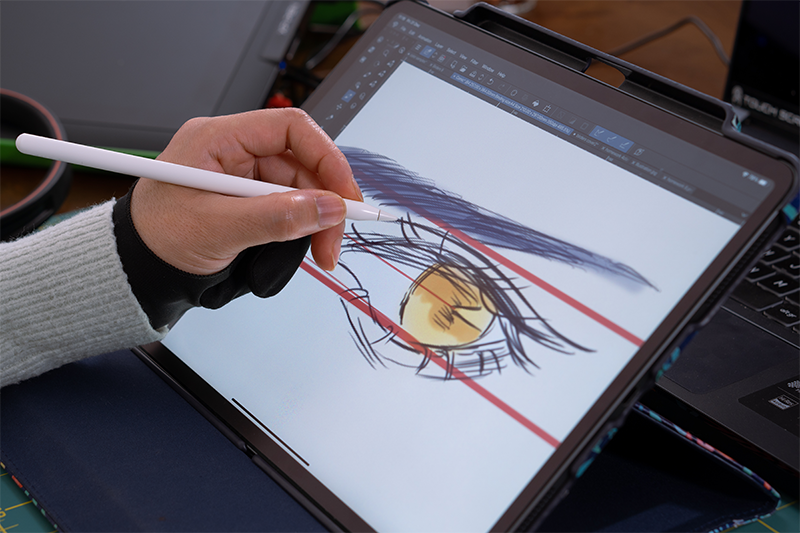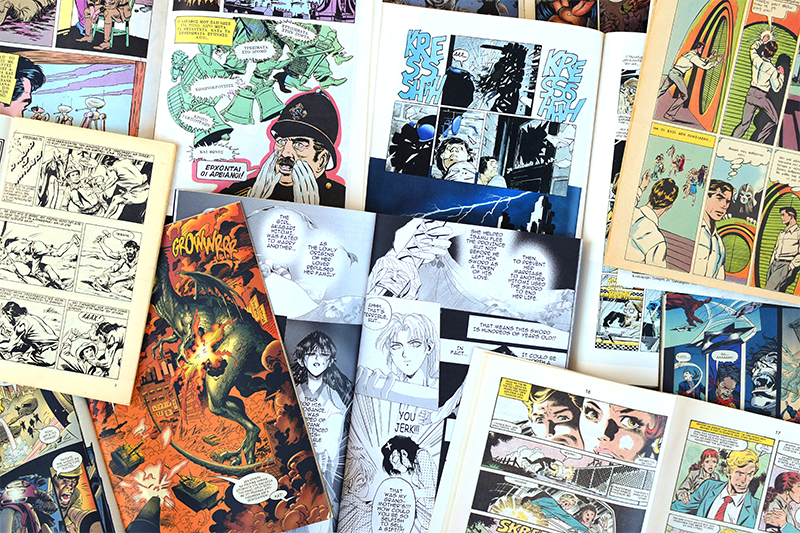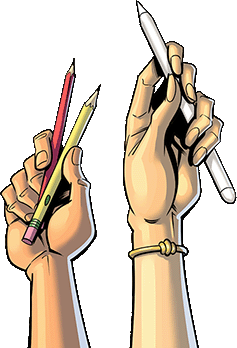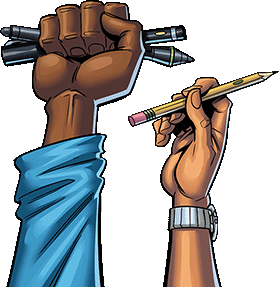The Importance of Manga Paneling Comic
February 27, 2023
Manga, the Japanese art form of comics, has become popular worldwide. Manga has captured the hearts of all ages with its unique style and storytelling techniques. While the distinctive art style and exaggerated character designs are often the first things that come to mind when learning how to design manga, paneling is an equally crucial element of comic design. It can affect how a story is told and the emotions it conveys to the reader.
Explore the significance of manga paneling and its impact on storytelling, and discover techniques for creating effective paneling in your own manga comics.
How to Design Manga: Understanding Paneling
Paneling refers to the layout of the panels on a page in manga. Each panel contains a specific moment in the story and is arranged in a specific sequence to convey a particular narrative.
Paneling can vary in size and shape, but several types of panels are used in manga, including standard rectangular panels, full-page spreads, and dynamic diagonal panels. How the panels are arranged on a page can impact the overall storytelling experience, affecting pacing, mood, and emotional impact.
Unlike Western comics, Japanese manga panels are read from top to bottom and right to left. Manga panels are also traditionally arranged in a 2x4 layout, with two columns of panels extending four rows down the page. However, many contemporary manga creators adopt a Western reading style to make their art easily readable and accessible to a broader audience.
The Role of Paneling in Storytelling
While you may not consider manga as a book, it has many traditional elements of a novel and relies on storytelling and narrative structures to propel the plot. Paneling is vital in understanding how to design manga and convey the story. Its impact can be seen in various ways, including propelling the narrative flow forward, creating moments of emotional intensity, and developing characters’ personalities.
Some key roles paneling plays in manga storytelling include:
Indicate Time and Motion
Manga creators can create a sense of motion and fluidity that immerses the reader in the story by using a sequence of panels that show the characters moving through space or performing actions.
Manga paneling can indicate time by using multiple panels to show a character’s actions or movements. For example, if a character is running, the creator might use a sequence of panels to show the character’s movements through time and space. The panels might show the character taking off, mid-stride, and landing, creating a sense of motion and showing the passage of time.
Manga paneling can also show motion through dynamic panel shapes and angles. For instance, diagonal panels can convey a sense of speed and urgency, while curved panels can indicate movement in a circular motion. This creates a more engaging reading experience.
But paneling isn’t all about action. Manga creators can use paneling to create a sense of stillness or pause in the story. For instance, a single panel that shows a character standing still or in a moment of contemplation can create a sense of contemplation, providing a break from the action and allowing the reader to reflect on the story’s events.

Express Emotions
Manga paneling is a powerful tool for expressing emotions and eliciting an emotional response in readers. Close-up and extreme close-up panels are effective ways that manga creators use to express emotions. By focusing on a character’s facial expression and details, manga creators can convey various emotions, such as anger, sadness, or happiness.
Another way manga paneling can express emotions is through the use of pacing and timing. By slowing down or speeding up the sequence of panels, manga creators can create tension and suspense, building up to an emotional climax.
Manga creators can also use paneling to create surprise and shock, eliciting a powerful emotional response from readers. For instance, unexpected panel layouts or panel shapes can create a sense of disorientation or confusion, adding to the emotional impact of a scene.
Highlight Character and Story Details
Manga paneling is a powerful tool for highlighting character and story details. Using different panel shapes, sizes, and layouts, manga creators can draw attention to specific elements of the story and provide a deeper understanding of the characters’ emotions, motivations, and actions.
Manga paneling can highlight story details, such as important plot points or symbolism. For example, a full-page panel focused on an action scene with an inset panel highlighting a specific object shows the object’s importance to the current plot and action.
How to Design Manga: Techniques for Effective Manga Paneling
If you are learning how to design manga and want to practice using paneling effectively to enhance your story, there are several simple techniques to try, including:
Panel Size and Shape
Varying panel size and shape is an effective technique for emphasizing key story and character elements. For example, larger panels can create a sense of scale or emphasize important moments, while smaller panels can create a sense of intimacy or focus on specific details.
Panel Layout
Use panel layout to control the pacing and timing of the story for more emotional impact and engagement. Using fewer panels on a page can create a slower pace while using more panels can create a faster pace.
Panel Transitions
The transitions between panels can also impact the reader’s experience. Different transitions, such as fades, cuts, and dissolves, can create a sense of continuity or change for a smoother narrative flow.
Gutters
The gutters, or the white space between the panels, can be used creatively to convey different emotions and moods. For example, a narrow gutter can create a sense of tension or confinement, while a wider gutter can create a sense of openness or freedom.
Backgrounds and Textures
Backgrounds and textures can add depth and atmosphere to the panels, creating a more immersive reading experience. Consider different textures, such as crosshatching or shading, to add dimension and texture to the panels.

Create Your Own Manga With Comix Well Spring
Whether you’re a veteran creator or just learning how to design manga, you can benefit from the numerous free resources and templates available at Comix Well Spring. When you are ready to share your manga creation with your fans, contact Comix Well Spring for premium comic printing services, including manga volume covers and variants.


